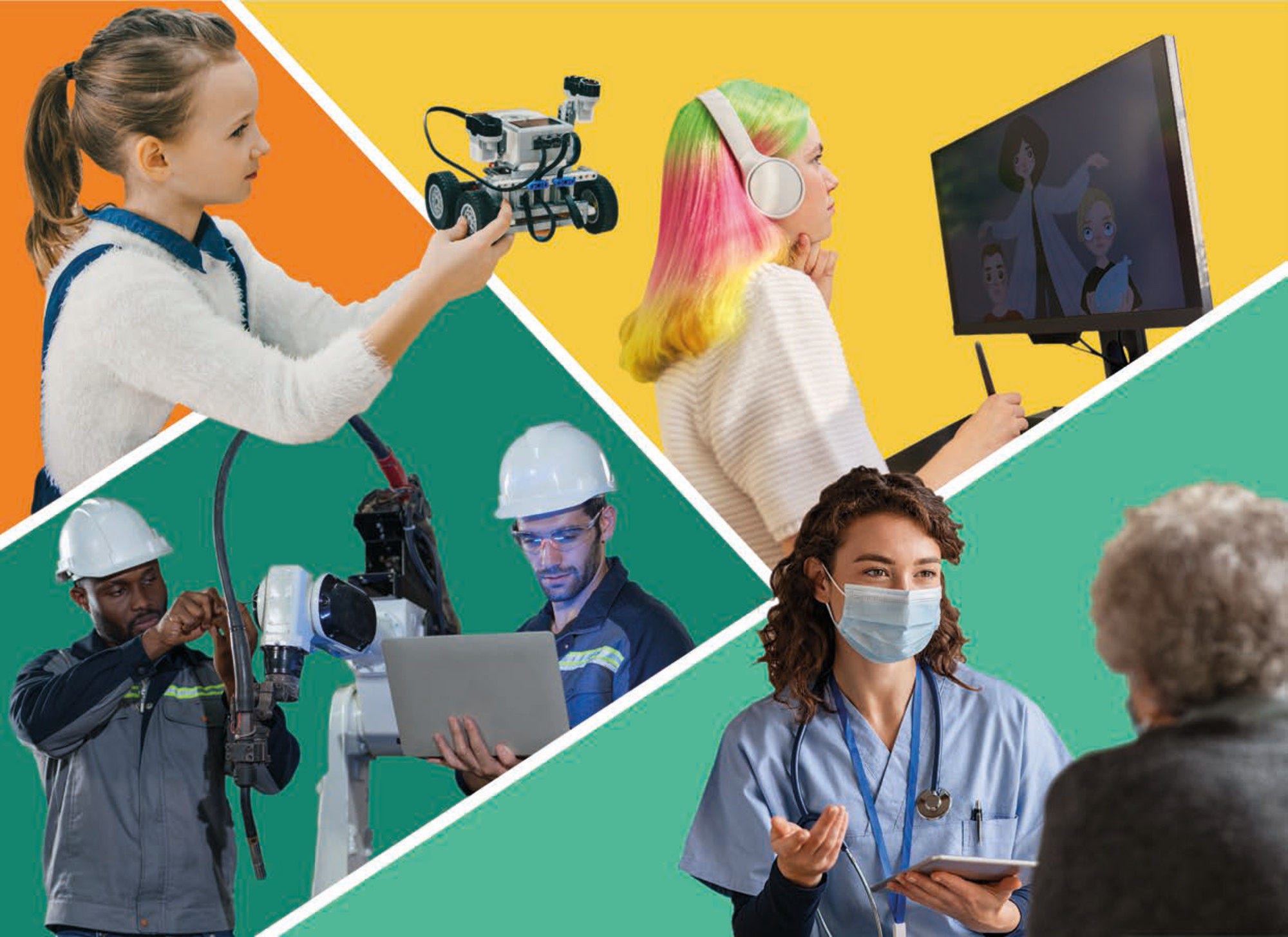This publication proposes public tools and new methodologies that statisticians, policy makers and institution leaders could use to better understand the nature, quantity and conditions for educational innovation in their system or institution. While the measure of innovation and research is commonplace in most sectors within OECD countries, this is not the case in the education sector yet. This leaves education policy makers with little information or evidence to design, implement and improve an innovation policy in education. While some statistics are more useful at the system level to inform system-level policies, institutional leaders or local policy makers who will typically be at the forefront of driving change can also collect and use data to drive change towards specific educational goals or just to create the conditions for improvement.
Part I presents three possible approaches to measuring educational innovation and thereby collecting data that can inform action. After exploring the research literature and practice on how to measure important dimensions of the innovation process and outcomes and showing how this can be applied to education (chapter 2), three sets of model questionnaires are presented. The questionnaires are designed to help local, regional or national public authorities, school principals, or tertiary education managers, to:
Better understand the process of innovation in education and associated activities and the main factors that influence innovation.
Monitor changes in pedagogical and administrative practices, including the adoption of innovative practices.
Identify differences in innovation at the primary, secondary and tertiary education levels (and possibly other sectors such as early childhood and training).
Identify the drivers or sources of innovation in different domains and at different levels.
Collect data that can be used to link innovation to existing evidence on educational outcomes.
The three sets of questionnaires include: a main questionnaire that covers all innovation activities (chapter 3); a short module of questions about the innovation culture of educational institutions, that could be distributed as such or included in other surveys (chapter 4); a questionnaire identifying how past or future innovation could improve equity in an educational institution (chapter 5). The first questionnaire is primarily designed to collect statistically representative data, while the primary function of the other two questionnaires is self-reflection, although they can also be used to collect representative data. Implementation suggestions are then provided (chapter 6). All questionnaires are designed as matched employer-employee questionnaires designed for school leaders, teaching staff and, when useable for self-reflection, students.
Part II explores a new methodological approach to measuring the nature and processes of innovation in education. Instead of working with statistically designed datasets, it works with “big data” that users made publicly available on the Internet, in this particular case through social media (Twitter). It identifies the nature of the discussion on educational innovation across linguistic areas (English, French and Spanish) as well as the structure of the communication networks. This approach casts new light on how educational innovation is discussed, spread and by whom in different countries and languages. While this approach does not allow for country comparisons, it identifies some similarities and differences in the use of educational innovation across linguistic areas. For example, while all discussions were comprised of a wide range of communities, the Spanish sample showed very few signs of these communities being connected with each other, suggesting a strong internal focus on topics and circumstances that are relevant for the individual communities. In contrast, the English- and French-based samples show a strong degree of interconnectivity between the communities (chapter 7).
Part III presents different ways of measuring the expenditures, output and nature of educational research. In most sectors, public and private research and experimental development (R&D) expenditures constitute a good indicator of the intensity of product and process innovation. Thus, a key measure in innovation policy is to fund and stimulate public research, partly in alignment with governmental priorities, partly leaving researchers identify strategic research areas, generally by means of a tax policy to encourage private investment in R&D and by funding university researchers and government research agencies.
Existing official data on countries’ public budget allocation to research show that, in 2020, an OECD country allocated on average 1.7% of its public research budget to education. The budget for educational research has grown in the past decade. As these official statistics cover all sectors, they are challenging to collect at the level of “socio-economic objectives” such as education, and most indicators are no longer available at that level of granularity (chapter 8).
A possible strategy for education policy makers to have reliable information to support their investment in research would be to collect their own data about how much is spent on educational research, for what purpose and by whom. A questionnaire and original survey methodology that was successfully piloted in Norway and the Netherlands is proposed, adapting traditional R&D surveys to the educational context (chapter 9).
Finally, bibliometrics is another way to measure the evolution of educational research using existing datasets. One difficulty in the case of education lies in the fact that it is both a subject of inquiry and a field of science. The report proposes a new methodology to identify and track the educational research output through a semantic approach. Beyond this methodological dimension, it shows that educational research has increased both in quantity and as a share of the general research output. While OECD countries still produce the majority of educational research, their share in the world output has decreased over the past decades. Educational research is mainly produced by researchers in the social sciences and in humanities, but in 2020 half of it was produced in other fields of science, notably the health and natural sciences. This is an example that may not be visible to traditional education stakeholders and even to educational researchers that may belong to different research communities. Despite the limitations of bibliometrics, similar approaches could easily be implemented to follow the trends in educational research and provide policy makers with useful comparative information (chapter 10).














